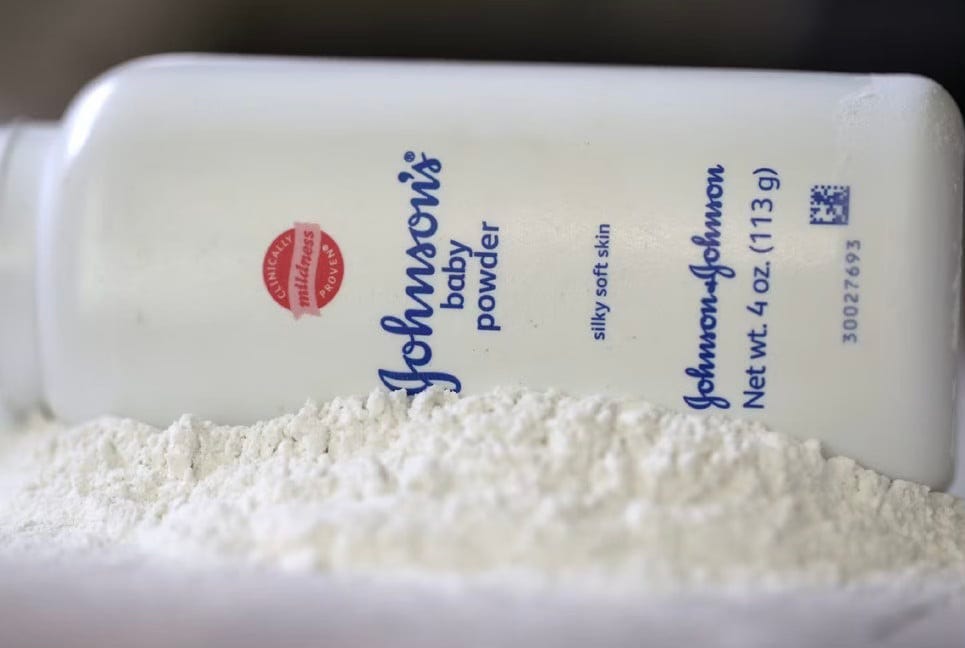Johnson & Johnson Ordered to Pay $966 Million Settlement
So Let's Talk About Talc Safety
A Los Angeles jury has ruled that Johnson & Johnson (J&J) must pay $966 million to the family of Mae Moore, who died in 2021 from mesothelioma linked to asbestos-contaminated talc products. The verdict was issued in October 2025. The verdict—comprising $16 million in compensatory damages and $950 million in punitive damages—marks another significant mom…
Keep reading with a 7-day free trial
Subscribe to IN MY KIT® to keep reading this post and get 7 days of free access to the full post archives.



